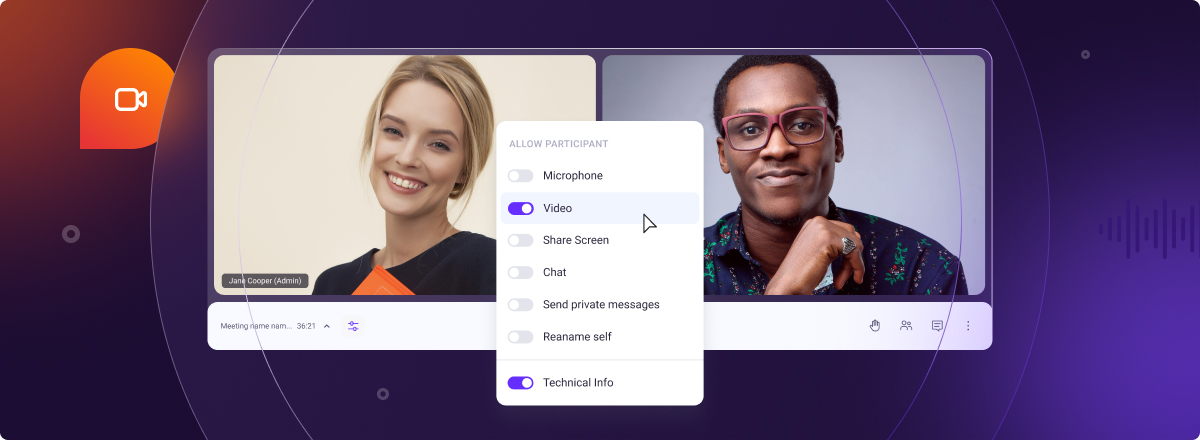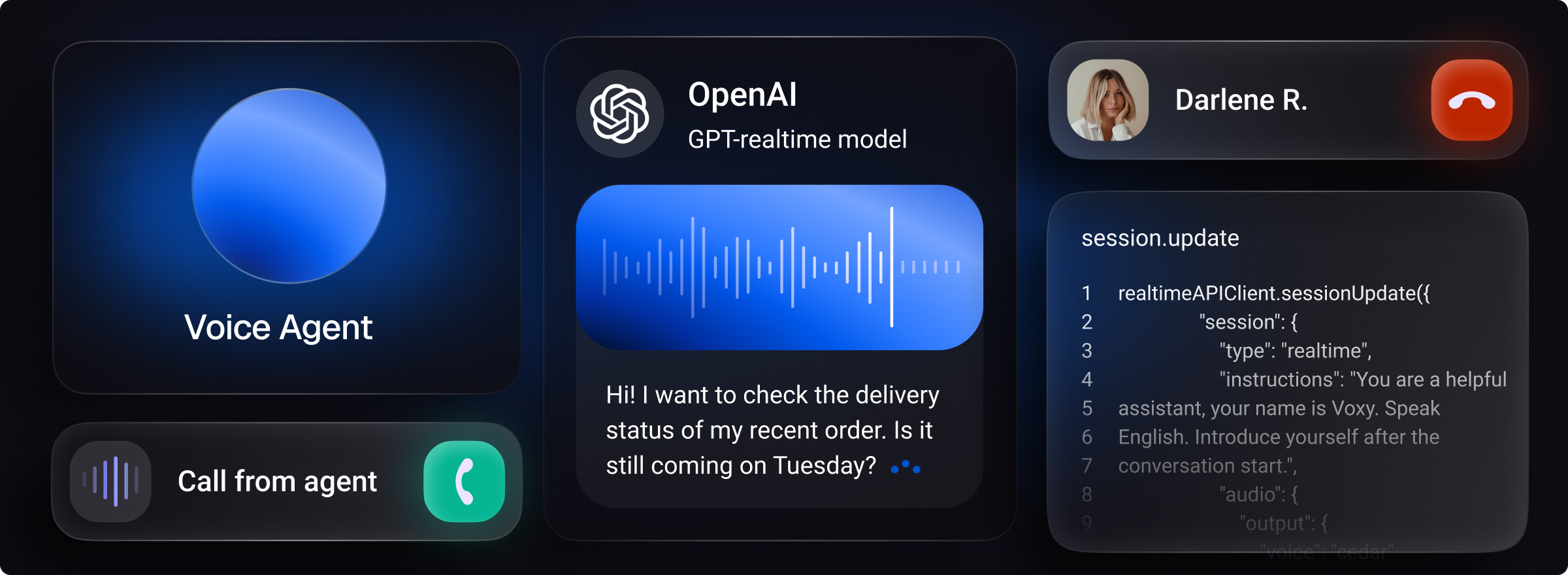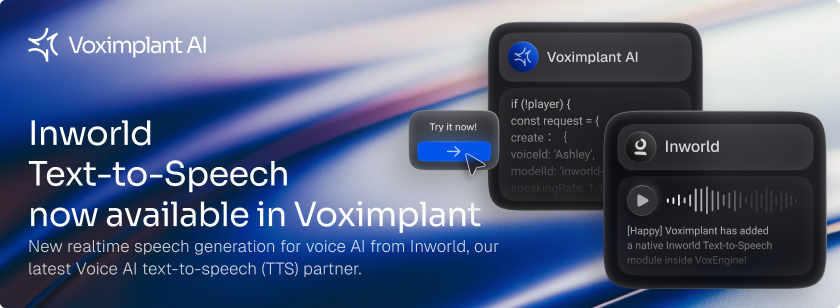Think about customer communication for a moment. Personalization can really change things. Imagine receiving an email that seems designed just for you. It greets you by name, points out products you love, and offers a special deal. Doesn’t that feel great?
More and more, customers are seeking interactions that feel genuinely personal. In fact, they now expect businesses to recognize them and to grasp their unique needs. Additionally, they appreciate it when companies take the time to understand their preferences. If companies don’t keep up with these expectations, they risk losing out on loyal customers.
Personalized Customer Communication
What is Personalized Customer Communication?
So, what does personalized communication really mean? It’s just about making messages match each customer. It’s not just about putting their name in an email. It’s about knowing what they like and how they behave.
Imagine a customer who’s all about sports gear. Send a quick note about fresh arrivals in their favorite category. Simple? Yes. Impactful? Absolutely. And just like that, they feel seen, valued, understood.
Why Does Personalization Matter?
Here’s why personalization is crucial:
- It stands out: In a crowded inbox, a personalized message catches their eye. People are much more likely to open something meant just for them.
- Reduces abandonment rates: Ever left items in your cart? A personalized reminder can prompt customers to complete their purchase.
- Improves customer experience: When customers feel understood, they tend to stay loyal. It’s that simple. An experience that was once personalized encourages them to return to your brand again and again.
Research shows that 80% of consumers are more likely to make a purchase. This happens when brands provide personalized experiences. That’s pretty significant!
Key Elements of Personalized Customer Communication
Data-Driven Insights
First of all, you need to begin with data. To understand your audience, gather their data. Analyzing it reveals what they like, how they behave, and what they truly need.
Types of Useful Data:
- Demographic data: This includes age, gender, and location. It helps you know who your customers are.
- Behavioral data: Track how customers interact with your brand. What do they click on? What products do they look at?
- Purchase history: Knowing what customers have bought helps tailor future offers.
Using tools like Google Analytics or CRM systems can help you gather this information.
Segmentation Strategies
After you gather the data, it’s time to divide your audience. This means putting customers into groups based on what they share in common.
Benefits of Effective Segmentation:
- Increases engagement: When messages are targeted, customers are more likely to respond.
- Improves conversion rates: Tailored promotions lead to more sales.
Successful Segmentation Practices:
- Demographic segmentation: Group customers by age or location.
- Psychographic segmentation: Understand their interests and values.
- Behavioral segmentation: Divide customers based on their shopping habits.
This targeted approach can significantly improve your communication efforts.
Tailored Messaging
Crafting personalized messages is where the real impact happens.
Tips for Crafting Effective Messages:
- Start with a friendly greeting using the customer’s name.
- Reference previous interactions or purchases.
- Offer relevant content or discounts.
Personalized app content makes customers feel the brand is speaking directly to them. InAppStory offers an all-in-one mobile customer engagement platform designed to enhance user experience through personalized visual communication. With tools like interactive widgets, dynamic visuals, and gamification features, brands use InAppStory to create personalized moments that really speak to their customers.
Benefits of Personalized Customer Communication
Enhanced Customer Experience
Personalization flips the whole experience. Think of it this way: someone buys a new smartphone. Out of the blue, they get a quick tip on setup, maybe even a suggestion for the perfect case. It’s that simple. Suddenly, it’s not just a product; it’s a connection. Little, unexpected touches like these? That’s what makes them think, this brand gets me.
Increased Customer Loyalty and Retention
Customers that feel valued are much more likely to come back. Over time, this builds a stronger connection, in its turn encouraging repeat visits and long-term loyalty.
When you tailor loyalty programs to individual preferences, you can really boost retention rates. Customers enjoy rewards that resonate with what they like.
Higher Conversion Rates and Sales
Research shows that personalized emails can lead to an impressive 26% increase in open rates. Moreover, when customers receive offers specifically aligned with their interests, they’re much more likely to make a purchase.
Think about a clothing store. They all see what you’ve been browsing. And then, right when those jeans or that jacket goes on sale, they send you a heads-up. It’s that simple. But the impact? Huge! Sales climb, customers feel seen, and it’s not just this particular retailer. Tons of businesses are using this same approach nowadays.
If you’re looking to combine personalized communication with affiliate marketing strategies, starting an affiliate marketing store is a quick and impactful way to generate sales. Learn how to set one up with this guide on Affiliate Marketing Store – Steps to Get Started Quickly.
Challenges
Data Privacy and Security Concerns
With the power of data comes responsibility. As you collect customer information, prioritize their privacy.
Overview of Regulations: Familiarize yourself with laws like GDPR or CCPA. These laws dictate how you can collect and use data.
Balancing personalization with privacy is crucial. Always be transparent about your data practices.
Resource Allocation
Implementing personalization requires investment.
Cost Considerations: You may need to invest in technology and skilled personnel. But you can start small and expand your efforts over time.
Suggestions: Focus on one communication channel, like email, before branching out. Look for affordable tools to help manage your data.
Consistency Across Channels
Having a clear communication strategy is a must. Without it, your messages can end up all over the place. And when that happens, customers get confused.
Develop brand guidelines to ensure all messaging aligns. Use integrated tools to keep communication consistent across platforms.
Best Practices for Effective Personalized Communication
Invest in Technology
It is of primary importance to invest in the right tools to get fruitful results.
Benefits of CRM Systems: Customer Relationship Management systems help track customer data effectively.
AI and Machine Learning can seriously boost personalization, predicting what customers might want next. Tools like HubSpot and Salesforce help with this, while Voximplant makes it easy to connect through voice, video, and chat. Keep an eye on what’s working—tracking results is everything.
Feedback Loops: Encourage customers to provide feedback on their experiences.
Use analytics to track engagement and conversion rates. Adapt your strategies based on what you learn.
Foster a Customer-Centric Culture
Personalization requires a company-wide commitment.
Training: Teach your staff about the importance of personalized communication.
Encourage a culture where feedback from customers is valued for ongoing improvement.
Conclusion
In short, when searching for business growth, personalized customer communication is key. For one, it makes the experience better for customers. Plus, it helps build loyalty over time. And, importantly, it can also lead to a noticeable boost in sales. When you use data and smart strategies, you connect with your audience.
So, what’s next? How will you show your clients they matter? When using communication that is tailored to your customers, you might be surprised by how much it can help your business grow.





